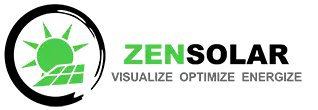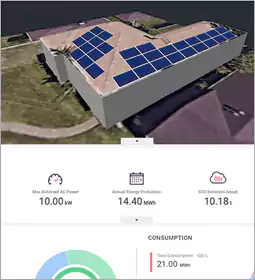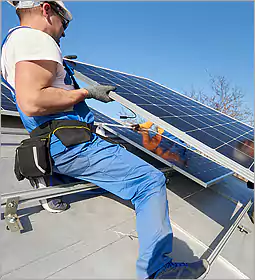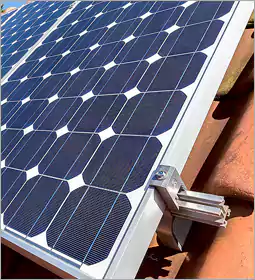Solar Power & Backup Systems
Clean, alternative power backup that you can rely on. When Eskom loadshedding kicks in, unpredictably, you are covered. With the right 'package' in place, you can run the essentials and not be deterred by power outages
What is a Household Solar System Made Up of?
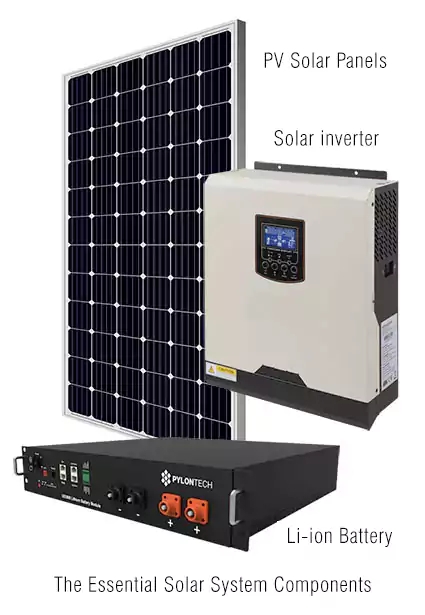 The three essential component parts to a solar system are; the pv (photovoltaic) solar panels, the solar inverter and the energy storage, batteries.
The three essential component parts to a solar system are; the pv (photovoltaic) solar panels, the solar inverter and the energy storage, batteries.
These components work in unison to give you converted power from the energy of the sun. This is what makes it renewable energy (energy from a source that is not depleted when used, such as wind or solar power).
A photovoltaic system typically includes an array of photovoltaic modules, an inverter, a battery pack for energy storage, charge controller, interconnection wiring, circuit breakers, fuses, disconnect switches, voltage meters, and optionally a solar tracking mechanism.
Solar power is renewable energy: derived from natural sources that are replenished at a higher rate than they are consumed. So you can feel good when using renewable energy. It is good for all concerned.
Calculating how much power is needed - then stack on this a safety measure - and you have peace of mind that you are covered when darkness falls and there is no power. Don't be left powerless and at the mercy of Eskom.
Solar power, which is the heating of solar panels that then - through a power inverter - converts the DC power to AC, and you are functional again. Batteries store the DC power and when needed, it converts to AC power - which is what your electronics, computers, lights and so forth run on. Easy enough to understand.
Getting the Right Solar System for Your Household
It takes a short visit, and assessment of your peak power draw and a calculation can be made as to what is needed. There is nothing like having the peace-of-mind that you are backed up, and it is under your total contol.
While the sun shines, your batteries are being charged. And here in sunny South Africa, we have maximum sunshine - comparing to other parts of the world. With a hybrid system, you can use main power to charge your batteries - in the case of extended cloud coverage or those long rainy days.
Load Shedding Kit
A Load Shedding Kit contains a Solar Inverter, a Battery Bank and peripherals like disconnect switches and wiring. There are no panels with a Load Shedding Kit. However, you can add panels later if you want to.
Solar Batteries store DC (Direct Current) power, but we use AC (Alternating Current) in our homes.
The inverter will convert the grid-supplied AC power to DC power when your battery is charging. And when using the power stored in your battery, the inverter will convert the DC power to usable AC power.
Solar Power
As the name suggests, a Solar Power Kit contains a Solar Inverter, Battery Bank, Peripherals and Solar Panels.
Solar Power Kits supplement your usage with freely produced solar power during the day and supply power during load shedding because you have a battery bank.
More often than not, your Solar Panels will charge your battery bank during the day so that you can use the stored solar power in the evenings and during grid failure.
Solar Power Kits will save you money on electricity where Load Shedding Kits will not.
Alternative Power
Solar energy is clean, eco-friendly and sustainable energy from the sun. Once installed, the system is fully under your control, and you get to enjoy uninterrupted power - even during load shedding (if you have installed a battery backup system with your solar panels). There is nothing quite like having the confidence and peace of mind in your own planning and investment in a solar energy system.
